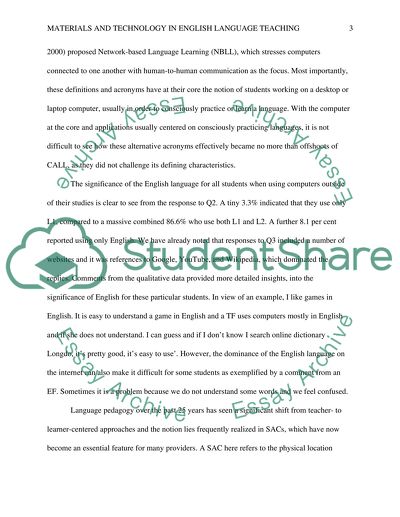Cite this document
(“Materials and technology in English language teaching Assignment”, n.d.)
Retrieved from https://studentshare.org/education/1404316-materials-and-technology-in-english-language
Retrieved from https://studentshare.org/education/1404316-materials-and-technology-in-english-language
(Materials and Technology in English Language Teaching Assignment)
https://studentshare.org/education/1404316-materials-and-technology-in-english-language.
https://studentshare.org/education/1404316-materials-and-technology-in-english-language.
“Materials and Technology in English Language Teaching Assignment”, n.d. https://studentshare.org/education/1404316-materials-and-technology-in-english-language.


